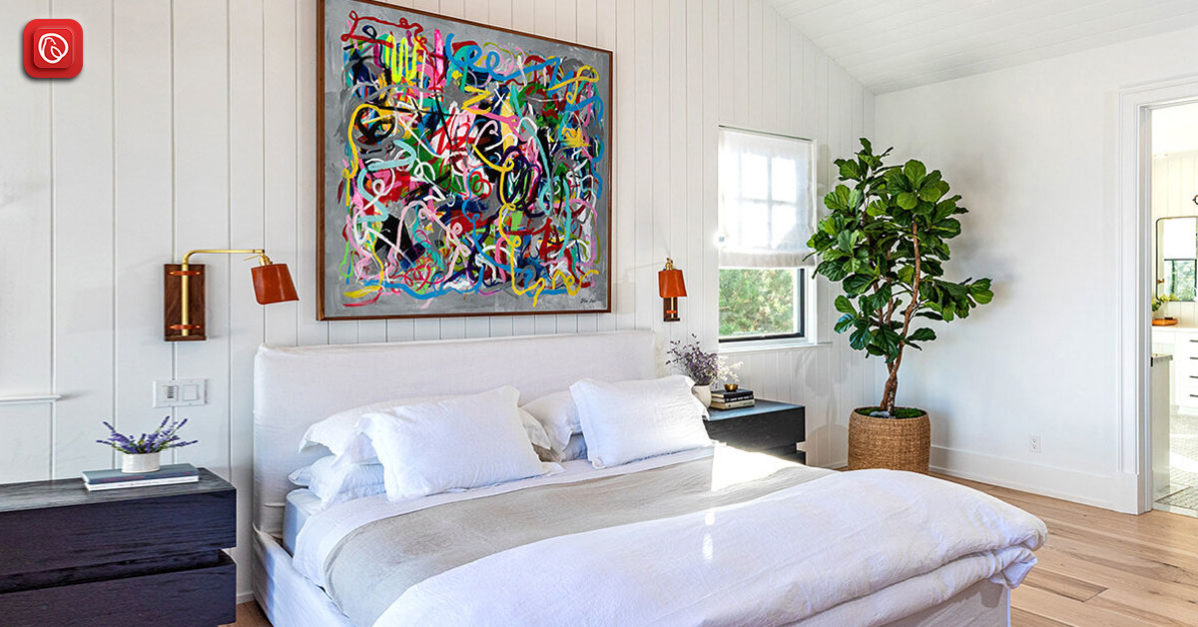It is summertime and everyone is looking forward to that unmatched taste of locally grown fresh vegetables and fruits.
It would be a dream come true if all that produce was home-grown…
Just because you think that since you live in the city, own an apartment or a home without enough or any gardening space and hence can’t grow your own food, don’t despair.
Thanks to numerous gardening methods, all you urbanites and apartment-dwellers can now take part in home gardening, you can create your mini-farms and know what you grow, even if space is at a premium.
Strategy

First things first, it’s all about being strategic. After taking the responsibility to grow your own plants, choosing the right plants according to the available space is an important step. Many plants require sunlight exposure, whereas some can add ‘shade-loving plants’, as they don’t require sunlight to grow. Hence, strategizing every move and decision is very necessary.
Space
Moving on to the next important feature of having a home garden is the availability of space. Maybe you live in an apartment and want to grow your own herbs or own full-fledged garden. Utilizing the space according to needs to fulfil your wants is a must.
Once all this has been figured out, happy gardening!
Here are some of the tips to make your home gardening a rewarding and enjoyable experience.
1. Container gardening

Are you seriously strapped of space because you have limited outdoor space, small backyard or a balcony?
Growing your plants in containers is the perfect solution. Enabling space-efficiency, container gardens are easily movable. The key is to assess the sunlight exposure and plant accordingly, as containers are easier to keep in sun for exposure.
2. Vertical gardening

Limited space pushes one to use utilize every inch of it to achieve a beautiful and efficient garden. An innovative technique to take on limited space in cases of balconies or backyards is vertical gardening.
For an amazing balcony home garden, one can stack planters on walls or hang them on railings, whereas wooden pallets and crates can also be modified, by recycling and put to use. If that is unavailable, ‘shelving planters’ is also a modern take on home gardening.
These types of garden are not only efficient but can be easily maintained as one can regularly and easily see the outcome. Secondly, fungal diseases are less likely to spread out as the air circulation is better.
Below are some of the plants that can incorporate both types of gardening at once.
Tomatoes

Tomatoes, being highly productive, can easily be grown in large containers especially cherry tomatoes. A few key essentials to keep in mind are to plant the seeds deeply, add potting soil with 2-3 crushed chicken eggshells at the base. Remember to water the plants regularly, twice a day and add ample fertilizer. Since the plant requires support, the stem should be tied to the railing.
Beans

Beans, as productive as tomatoes, also grow upwards. The ideal location is a wall or the railing so they are tied up. Use a pot that is 12 inches deep and put in in a sunny spot. Beans emit levels of nitrogen, so plants like kale or celery can be grown alongside.
Radishes

Radishes are again ideal to grow in pots as they are one of the quickest growing vegetables. Use pots that are 6 inches deep. Similarly, spinach grows well in partial shade and not too deep planters. Even so, it can be grown on a windowsill. Peas prefer moderate conditions and moist soil, so must be watered frequently.
3. Herb gardens

Herb garden is an amazing urban gardening option for confined spaces. This could be done in wide trays, a trolley or again up on the shelf.
An essential tip to keep remember is that the plants get 6-8 hours of direct sunlight, you can save yourself money and trips to the grocery store and can easily get your hands on rosemary, thyme, mint, basil, and sage.
4. Square footing raised beds and forest gardening:

Food bearing paradise, as tempting as that sounds, this option is available for people who have full fledge lawns on their property and can afford to dedicate themselves to grow different kinds of fruits and vegetables.
Lawns can easily be transformed into mini-farms and flower gardens. This is also an efficient method to increase the yield in terms of produce. In order to increase yield, however, it is important that the soil is organic and rich.
‘Raised beds’ is one method to keep the soil fertile. The loosely spaced soil gives more room to the plants to grow. Round the beds in arcs to make space and this, in turn, makes watering and harvesting efficient and easier comparatively.
Some examples of vegetables that can ideally be planted and grown inland, as well as pots, are;
Eggplants, which require a lot of nutrients for growth. Hence a neutral to slightly acidic PH soil is preferred. Moist soil with warm temperatures and suitable fertilizers throughout result in glossy produce in 2-3 months.

Dwarf Okras are also grown in warm temperatures ideally. The soil is well moist but crumbly.
Cucumbers, on the other hand, are fun to work with. After planting, when the plant is 5 inches tall, we add trellis so that the plant branches upwards and wraps itself around the trellis. In case you’re wondering, a trellis is easy to build as there are many DIY videos available online. A little innovation doesn’t hurt, so if you’re getting in, make sure to get your hands dirty. The plant requires 6 hours of sunlight and since the water consistency is high, it is a must that the plant is watered regularly and deeply with the soil being of neutral PH value.

A Home farming cardinal rules to remember before you invest yourself in your products are that you make sure all the planters are given even space, this is important so that the air circulation can happen and fungal diseases can be avoided. Secondly, the use of potting soil is must for container and vertical gardening, as it’s not as hard as the normal soil. With the right type of fertilizers and amount of water, the production yield can be amazing but remember to use plastic pots rather than clay as they’re less porous and would retain water where needed.

These are some Home farming techniques to own your farm and reap what you want to sow in limited places. If you try any of these methods or if you want to share any tips to make this process easier, feel free to leave your feedback in the comments below.
For news and updates keep on visiting Graana blog




